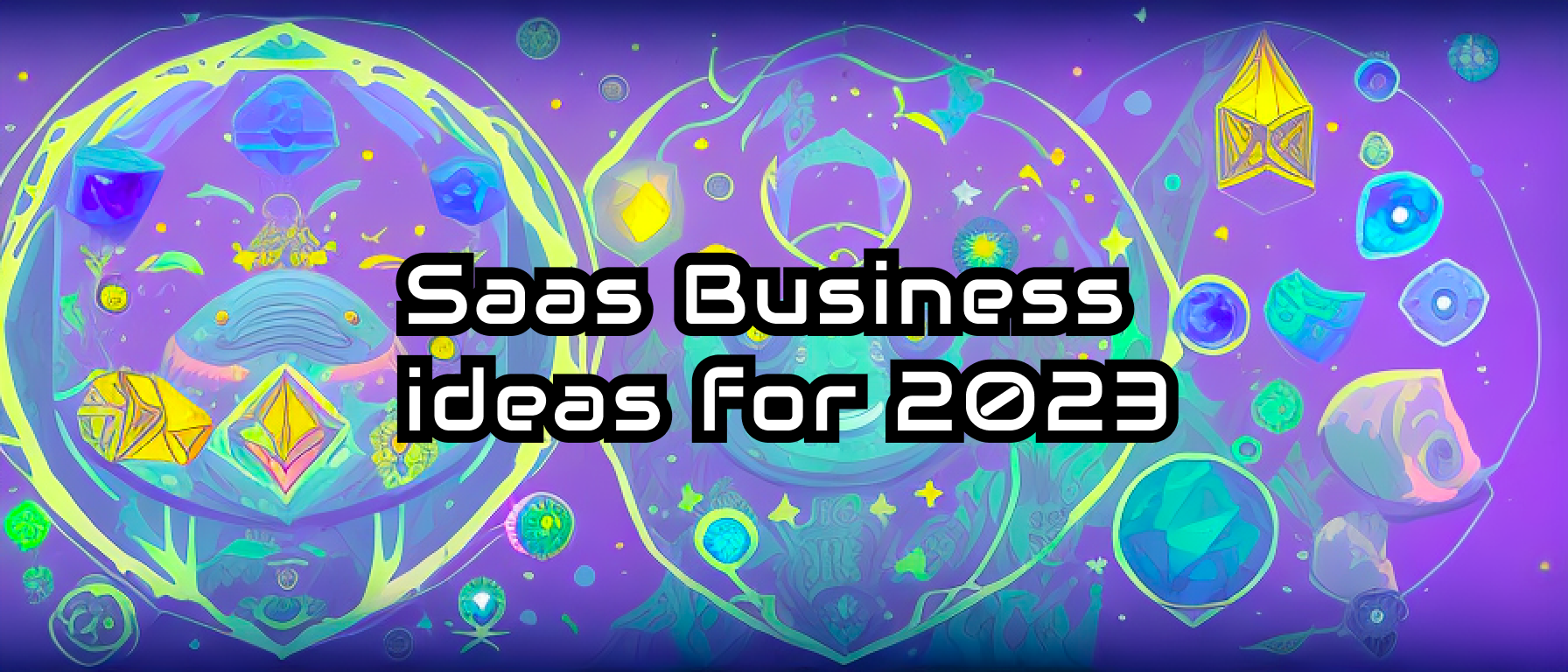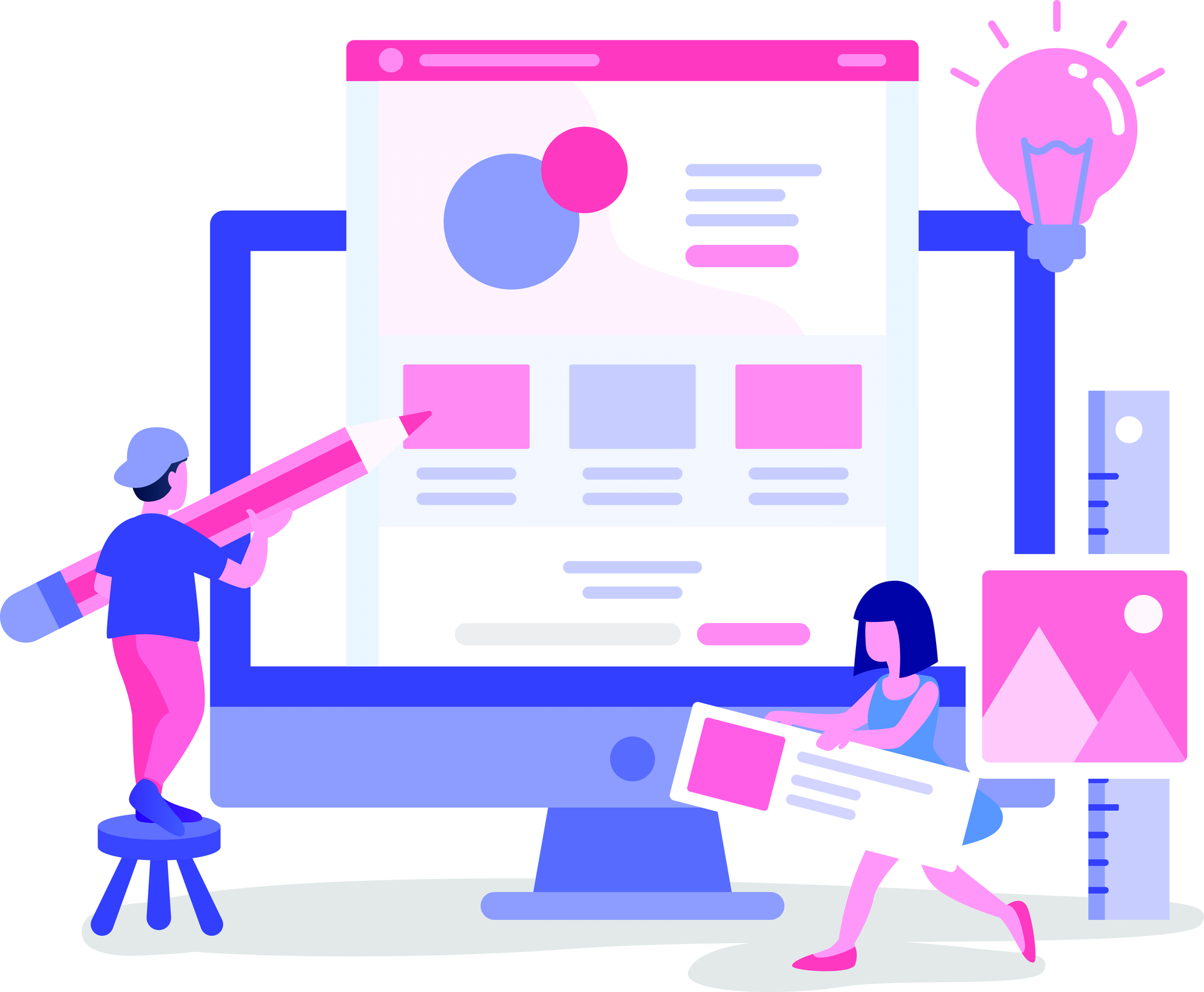Start your next automated AI micro saas business in 2023 - list of ideas

The world of AI & Saas is constantly evolving, bringing us a variety of amazing new products, services, and tools. In the past decade, the SaaS industry has exploded, offering a wide range of platforms for businesses to take advantage of, ranging from CRMs to Team collaboration platforms.
As technology continues to advance, more and more organizations are turning to SaaS solutions to get the most use out of their limited business resources. Micro-SaaS are specialized solutions, either vertical or platform, that can often be tailored to fit specific needs. In this post, we’ll take a look at 8 of the most exciting innovative areas and industries in 2023. Building a Micro-Saas has been a trend among many startup founders and indie builders for the last few years.
The following ideas are almost ready-to-use, implementable in Saas mode, and optionally self-served. Most of them make use of actionable AI technology.
1. AI-Powered Translation Platforms
As the world becomes more connected, language barriers increasingly become a problem for businesses. In 2023, AI-powered translation services will be available, allowing businesses to quickly and accurately translate their business material into other languages with ease. This technology will be able to instantly generate quality translations in multiple languages, offering businesses a powerful tool for communication and customer service.
A couple of powerful existing Translation solutions including DeepL and Grammarly both provide AI-powered translation and writing capabilities.
Still, there are a lot of unexploited ideas:
- Producing content specific to a language.
- Translating on the fly (aka: in real-time) or rewriting a sentence in the style of an author. Those can be useful for example to travelers.
- Combing translation with transcription to produce audio content, using technologies such as Whisper AI.
- Integration translation within AR/VR.
- Imagining new types of voice control interfaces.
According to the Globe Newswire, the global machine translation market size is set to $4,06B by 2030 growing at a CAGR of about ~20% from 2022.

2. Virtual AI Agents & Autonomous Data Collection Tools
With the rise of artificial intelligence, data collection, and analysis are becoming an increasingly important part of business operations. These tools allow businesses to organize their intelligence, and to make more informed decisions in real-time. The amount of (globally) collected data is currently exploding.
Many clients are developed by companies to help them collect efficiently a massive amount of user or device data. Amongst those clients is the new concept of virtual AI agents, often integrating LLM algorithms such as ChatGPT, LLama, or Bloom (by Hugginface). Yet, some open-source alternatives exist, such as AutoGPT, GPT4All, Flamingo, "Flan UL2" by Google. An exhaustive LLMs list is available here.
Creating your own agent for a specific use case or data type is becoming increasingly valuable. It can be a Discord bot, a Chrome extension, or a Saas app. Helping solopreneurs and small teams with their workload by automating workflows is another useful use case.
Moreover, working on services helping application developers manage their privacy settings and generate legal documents has gained momentum lately.
3. Automated Content Creation Platforms
Creating content is an incredibly important part of marketing and PR, but it can be an incredibly time-consuming process. Automated content creation platforms are available to make the content creation process easier. These platforms will be able to produce high-quality content using natural language processing and machine learning, saving businesses countless hours of labor.
Amongst our preferred content creation platforms:
- Writesonic - article/blog writer, paraphrasing, SEO integrations.
- Peppertype - virtual content assistant: short/long, SEO, trainable.
- Copy AI - copywriting for blogs, posts, and emails.

4. Code Generation Platforms
Aside from producing high-quality content, current state-of-the-art generative AI can create consistent and almost ready-to-use application code. The promise of this technology is soon enough to replace code tools and platforms with Text-to-Code alternatives.
By enriching the current existing ecosystem, you can contribute to this fresh new family of AI use cases. Some ideas you can start experimenting with right now are to:
- Develop an alternative to Github Copilot using GPTv4 or LLMs.
- Craft the best prompts to ensure 100% of GPT content has a structured format (e.g. JSON).
- Generate templates for specific frameworks (e.g. ReactJS).
- Generate Dev Starter Kits for specific technological stacks (e.g NextJS/ReactJS)
- Helping handle and generate features for MVPs and MLPs.
The future of systems generation is still new and uncertain, a lot of opportunities lay in this field.
5. Automated Operational Tools
Automated operations are a crucial part of the product development process. Still, it can also be very time-consuming. In 2023, businesses have access to semi-automated ops flows and tools helping them quickly identify operational anomalies alongside measuring analytics. Building, deploying, monitoring, and anticipating are among the concerns of this family of ops tools.
Whether you are a startup or a big corp, you want to ensure the operational excellence of your systems. By doing so, you leap to having a stable business your customers can trust.
Amongst the best practices in the Ops field:
- Putting in place CI/CD operational flows.
- Using cloud-agnostic tools and IaaC (infrastructure as code) such as Terraform.
- Choosing Saas over Paas when possible to reduce the operational workload.
- Choosing PaaS over IaaS when possible to reduce the operational workload.
A couple of ideas in this field:
- Automatically measuring the operational efficiency of an architecture.
- Generating automatical cloud migration scripts and fluidifying Saas shipping/deployments.
- Creating on-the-fly operational reports + post-mortems.
- Building specialized Ops AI agents you can interact with in real-time.

6. Predictive Maintenance Tools
As machines become more complex and devices spread across the globe, being able to keep them running reliably is a major challenge. In 2023, businesses are able to use predictive maintenance software to predict when machines are likely to fail and then take preventive action to avoid problems.
The rise of IoT raises new challenges such as failure rate management and customer satisfaction. By minimizing the costs related to hardware maintenance, one can make its business model just nicely fit within financial constraints.
Some ideas in the field of Predictive Maintenance :
- Apply anomaly detection techniques: use machine learning algorithms to predict failure dates or time-to-live.
- Run preventive algorithms and measures such as automatic device updates or replacement before failure.
- Optimize component durability assessment.
- Work on BoM (bill of materials) predictive generation.
7. Hyper-personalized ML-Powered Marketplaces
As online shopping continues to become more popular, being able to provide customers with a personalized shopping experience is a major challenge. By applying machine learning-powered shopping tools, marketplaces recommend products to customers based on their past purchases and browsing history.
Recommender engines have now existed for a long time since we can imagine some improvements related to:
- Hyper-personalization: the product characteristics displayed should be adapted to the customer's taste.
- Personalized ads: the goal would be not to show you ads you really dislike.
- Imagining experiences instead of products, leveraging storytelling.

8. Tailored CRMs, made for any business owner
Keeping customers satisfied is an important part of any business, but customer service can be incredibly time-consuming. Businesses are now able to use automated customer service systems to quickly address customer inquiries and complaints, for instance via Intercom or Hubspot which are two leaders in the CRM field. These systems will be able to provide customers with accurate answers to their questions and even help them resolve any issues they encounter.
According to Statista, the revenue in the CRM Software market is projected to reach US$79.40bn in 2023, with a CAGR between 2023-2028 of ~10.68%.
A couple of improvements to the CRM field can include:
- Improve buyer onboarding using an AI-personalized flow. Helping setup pre-launches and implementing funnels is a great use case too.
- Increase customer retention by leveraging the most relevant promotional code at the right moment.
- Lower your customer acquisition cost (CAC) by identifying promotional opportunities.
- Upsell your offers at the right moment.
- Helping business owners/founders pre-validate business ideas is another interesting use case.
Stimpack: The first platform helping you ship, grow, and launch your next product ideas faster!
Our technological landscape fastly evolving and changes the way businesses operate. Don't let the train of progress overtake you and take advantage of those business ideas: they can save time and resources. Give yourself a major competitive advantage.
Stimpack is an all-in-one prelaunch platform: it's the 1st Saas conceived for product builders enabling you guys to create prelaunch campaigns, gain early traction & launch your products, the fast and easy way! Interested in being part of the adventure? We are actively looking for core users to enroll in the Alpha.

Always looking forward to hearing from our fellow Stimpackers.
We are on social media,
Twitter: @StimpackHQ
Twitter: @SaidAitmbarek
Linkedin: linkedin.com/company/stimpack
Blog: blog.stimpack.io/
Saïd – Founder @Stimpack
